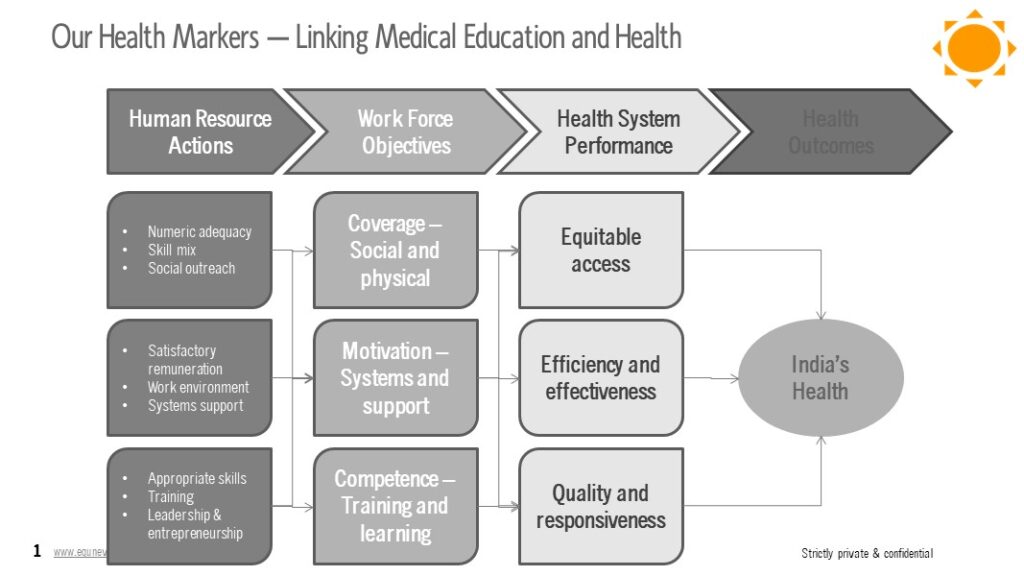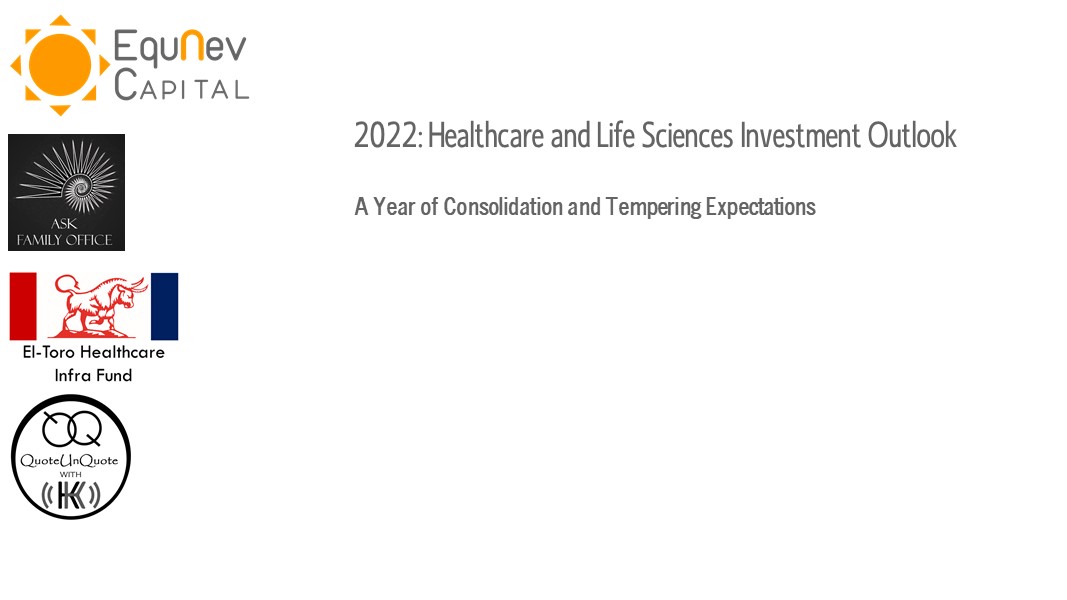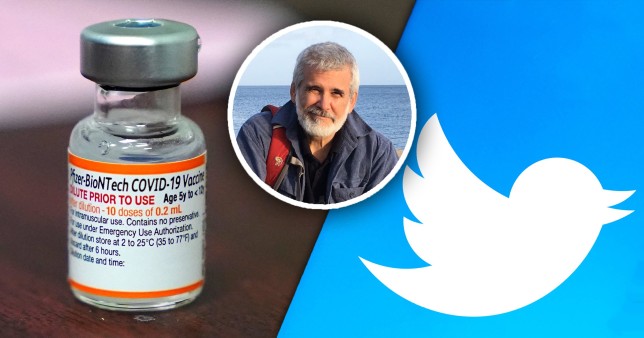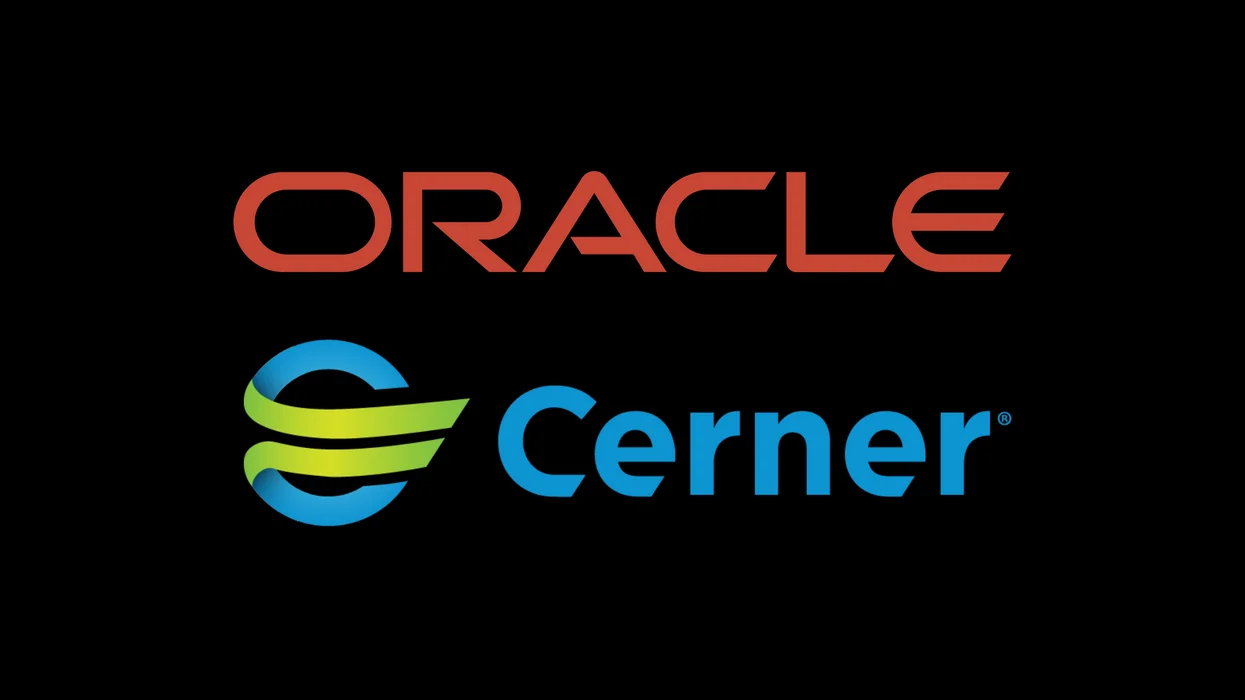Harvey, err Hurray! I finally completed watching all the nine seasons, 134 episode series of suits, last weekend. This was one of my wish list for 2021. In the past, I had watched some of the episodes but could not watch the full series. Over 2021 and first quarter of 2022, as I watched through all the episodes of Suits, I realized and learnt a lot about myself not that I am interested in legal stuff, but as a person, how I could relate to Harvey Spectre, the key character in the series. Here are some of my learnings from Suits.
Deal Your Deals Face to Face
Sometimes our deal closures get delayed as the lawyers go behind the veil of emails exchanging different rainbow-coloured lined versions. Harvey and the team closed the issues and deals confronting the counter party face to face. Saves time and money.
Workplace is Your Second Family
Workplace colleagues become you second family if you accept them as your own when you spend a big part of your day with them.
Don’t Poker Odds, Play the Opponent
If you need to have a winning streak and attitude, then you cannot play the odds. It about playing hard on the person’s mind against you on the table. Most deals of cards or corporate deals are won playing on the opponent.
Suit Up to Power Up
The immaculate dress sense gives you presence and swag. This leaves an ever lasting impression and your power on the other people. Therefore the best dress is the first step to success.
Fake it Till You Make It
It does not matter what your pedigree is. You got to own your work and fake it with confidence and act cool. Mike and Harvey could pull this off verry easily. It does not come easily to all and needs to be mentally astute to pull this off.
Josh, Junoon and Jigar
Like Harvey who picked up a rookie who did not even have a graduate degree, I have picked up rookies from coffee shops. All I looked at in the person was if he had the Josh, Junoon and Jigar. For even senior level executives, the acid test for them to make it in is these traits.
If you Don’t Learn to Swim at the Deep End of the Pool, You Never Will
When I was a rookie, I ventured forward to accept assignments to be worked directly under my mentor and consulting partners at Coopers and Lybrand. Like Mike, taking on full charge of the assignment with no experience helped me develop my problem solving capabilities and grow.
Work Hard Till Your Name Speaks for You
Harvey’s reputation as the best in New York did not come easily. It was enough hard work put in to create a reputation for himself. These days many people believe that just personal branding and PR will get them the name. Let’s remember that it can only take you there, but it will not keep you there. So buckle up and work hard to achieve whatever your name stands for.
Don’t Externalise the Blame for Your Failure – Take Responsibility
Ask not what your organization can do for you, ask what you can do for your organization. I have interviewed many senior executives who have been exploring a position with us. Many of them have been a rolling stone and delivered no tangible results. Moreover, they blamed their bosses, their organizations or situations for not been able to deliver results. In other words, externalizing the blame for their shortcomings. Mike and Harvey took the responsibility for the failure and made the attempts to fix the situation right.
Cover the Backs of Your Own People
To Err is Human. However if you have your bosses who are covering up for you, you will be fearless in coming out with innovative solutions to the problem even though you may make mistakes as these were never done before and bound to have gaps and not be perfectly foolproof. Harvey covered up for Mike and he in the end would win it with some innovative legal solution even though it backfired initially.
Superiority and Oneupmanship Cannot be Proven Viable, Collaboration Will Be
Louis’ cravings of proving he is better than Harvey always proved fatal. However, he was proven successful when he collaborated with the team. Therefore jealously-directed behavior is always going to be counter productive.
Be a Finisher
Our HR experts have divided people into different profiles using the MBTI framework. However to for every team to be successful, you need a finisher to see through the process till the end.
Positions Cannot be Demanded but Accepted
Harvey and Louis both demanded to be a junior partner role but Louis won it hands down inspite Harvey being the better of the two. However, Louis’ acceptance rating was lower than Harvey’s. Sometime you may not be ready to be elevated to the position as you may not be ready. Accept the feedback and work on it rather than try to demand and jump.
Between Black and White are the Shades of Grey
There is always some grey matter between what is put in writing in black and white. That’s why you have courts and lawyers to go to. Playing into the grey is not breaking the law. Its redefining and reinterpreting the law to your advantage.
RRR is the Way
Research, Reinvestigate, Repose is the best way to win a dire hard situation and come out with a winning solution when you back is against the wall.
Music is a Therapy
Harvey had a vinyl record collection, may be because his father was a musician. But whenever required he played music to calm down. Music is therapeutic.
Karma will Always Haunt You
Bad karma will always come to haunt you. So always deal right and be on the right side.
Those who Preach Ethics can also be Unethical
Even a Harvard Professor of Ethics can fall for being unethical. So don’t fall for the façade and image of a person.
Degrees Don’t Do Development
Education is never complete. We have to educate continually and grow constantly by being an avid learner. There is not ego in being a learner for life.
Sometimes Smoking Weed Also Gives Success
Weed was the simulant that Harvey and Mike smoked to reimagine a situation to win their case. Also All the Partners of Suits smoked weed the night when their firm was finished to come out with a solution for their firm to survive.
Never Burn Bridges
When you sever the relationship with anyone, don’t ever leave the other party insulted. Hardman was so bruised with insult when he was let gone of his own firm twice, that he always came back viciously to destroy his own firm.
Be Just and Fair and There will be White Knights To Protect You
White Knight are developed by just and fair relationships. These White Knights will come up to get you out of a sticky situation.
Love-Work Relationships
Be honest in your love-work relationships. Everything else is an affair!














